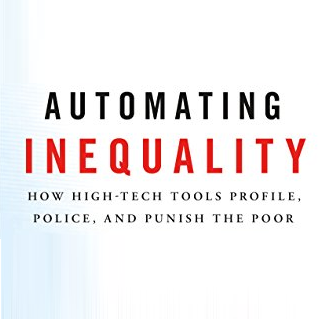

Yet, the process of digitalization is often piecemeal, continuous, and reproduces dilemmas that arise whenever new technologies are used to solve institutional problems. To function well, digital systems require deep integration between government databases and software. For example, digitalization both hardens and virtualizes the interface between officials and the public, while obscuring the vast amounts of human labour needed to maintain digital government initiatives. It draws on qualitative research, government reports, and administrative justice literature to illustrate the dilemmas common to digital government projects. This article examines how digitalization initiatives are implemented in administrative settings, using examples from the United Kingdom (Universal Credit), Canada (Ontario’s Social Assistance Management System), and Australia (Online Compliance Initiative, a.k.a. Today, government officials worldwide are intensifying digitalization efforts to cut costs and to make bureaucratic operations more efficient. The two cases show how the introduction of automated systems can reinforce the punitive policies of an existing service regime at the design stage and how innovative AI systems that have the potential to enhance user participation and inclusion can be hindered at implementation so that digital benefits are left unrealised.Īdministrative agencies have long been sites of technological innovation.

We examined Centrelink’s automated Online Compliance Intervention system (‘Robodebt’) and the National Disability Insurance Agency’s intelligent avatar interface ‘Nadia’. Adopting a case study approach, this paper examines the exclusionary practices embedded in the design and implementation of social welfare services in Australia. Digital exclusion is often compounded by existing social disadvantage, and new systems run the risk of creating new barriers and harms.

As smart technologies such as artificial intelligence (AI), automation and Internet of Things (IoT) are increasingly embedded into commercial and government services, we are faced with new challenges in digital inclusion to ensure that existing inequalities are not reinforced and new gaps that are created can be addressed.


 0 kommentar(er)
0 kommentar(er)
